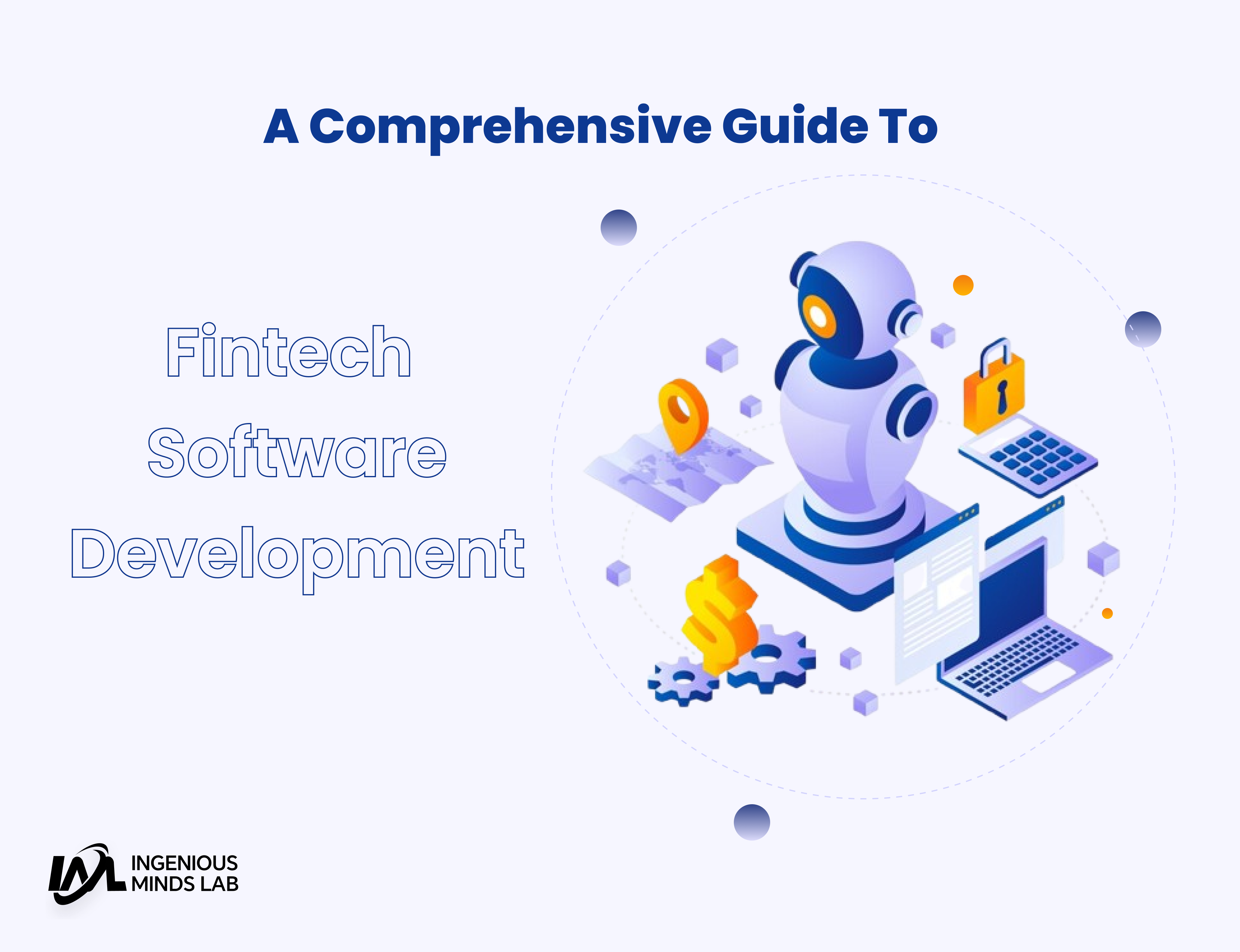Introduction
Fintech (financial technology) is revolutionizing the financial industry by providing innovative solutions for banking, payments, investing, and more. As the demand for digital financial services grows, fintech software development has become a crucial field. This guide will explore the key aspects of developing fintech applications, including the essential features, development process, technologies, security considerations, and future trends.
Key Features of Fintech Software
To build a successful fintech application, you must integrate essential features that enhance security, user experience, and compliance. Some of the key features include:
- User Authentication & Security – Multi-factor authentication (MFA), biometric verification, and end-to-end encryption ensure data protection.
- Payment Gateway Integration – Secure and seamless transactions using APIs like Stripe, PayPal, or Razorpay.
- Real-Time Analytics & Reporting – Provides users with financial insights and tracking tools.
- AI & Machine Learning – Used for fraud detection, credit scoring, and personalized financial advice.
- Blockchain Integration – Enhances security and transparency in transactions.
- Regulatory Compliance – Ensures adherence to financial regulations such as GDPR, PCI-DSS, and KYC/AML requirements.
- Seamless User Experience – A well-designed UI/UX for smooth navigation and accessibility.
The Fintech Software Development Process
Market Research & Planning
Understanding the target audience, analyzing competitors, and identifying market gaps are crucial first steps. Define clear objectives and compliance requirements.
2. Choosing the Right Technology Stack
Selecting the right technologies ensures scalability and security. Commonly used technologies include:
- Frontend: React.js, Angular, Vue.js
- Backend: Node.js, Python (Django/Flask), Java (Spring Boot)
- Database: PostgreSQL, MongoDB, MySQL
- Security: OAuth, JWT, SSL/TLS encryption
- Cloud Services: AWS, Google Cloud, Microsoft Azure
3. Design & Prototyping
Creating wireframes and interactive prototypes helps visualize the user experience before actual development begins.
4. Development & Integration
- Implement core functionalities such as user authentication, payments, data encryption, and API integration.
- Use DevOps practices for continuous integration and deployment (CI/CD).
5. Testing & Quality Assurance
Fintech software requires rigorous testing, including:
- Functional Testing – Ensures features work as expected.
- Security Testing – Identifies vulnerabilities and prevents cyber threats.
- Performance Testing – Checks the system’s response under heavy loads.
- Compliance Testing – Verifies adherence to industry regulations.
6. Deployment & Maintenance
After successful testing, the software is deployed in a live environment. Regular updates, bug fixes, and security patches are crucial for maintaining performance and compliance.
Security Considerations in Fintech Development
Security is paramount in fintech applications. Here are some best practices:
- Implement end-to-end encryption for sensitive financial data.
- Use tokenization to protect credit card information.
- Enforce multi-factor authentication (MFA) for user login.
- Conduct regular security audits to detect vulnerabilities.
- Ensure regulatory compliance with GDPR, PCI DSS, and AML laws.
Future Trends in Fintech Software Development
- Artificial Intelligence & Machine Learning – Enhancing fraud detection, risk management, and customer service automation.
- Blockchain & Cryptocurrencies – Increasing security and transparency in transactions.
- Embedded Finance – Integrating financial services within non-financial applications.
- Open Banking APIs – Allowing third-party developers to build innovative financial solutions.
- Decentralized Finance (DeFi) – Eliminating intermediaries in financial transactions through blockchain.
Conclusion
Fintech software development is transforming the financial landscape with innovative, secure, and user-friendly applications. By understanding the development process, security considerations, and emerging trends, businesses can create powerful fintech solutions that meet user needs and regulatory standards. If you’re looking to develop a fintech application, partnering with experienced developers and leveraging the latest technologies will ensure success.
Ready to build your fintech solution? Start today and revolutionize financial technology!







 Subscribe
Subscribe